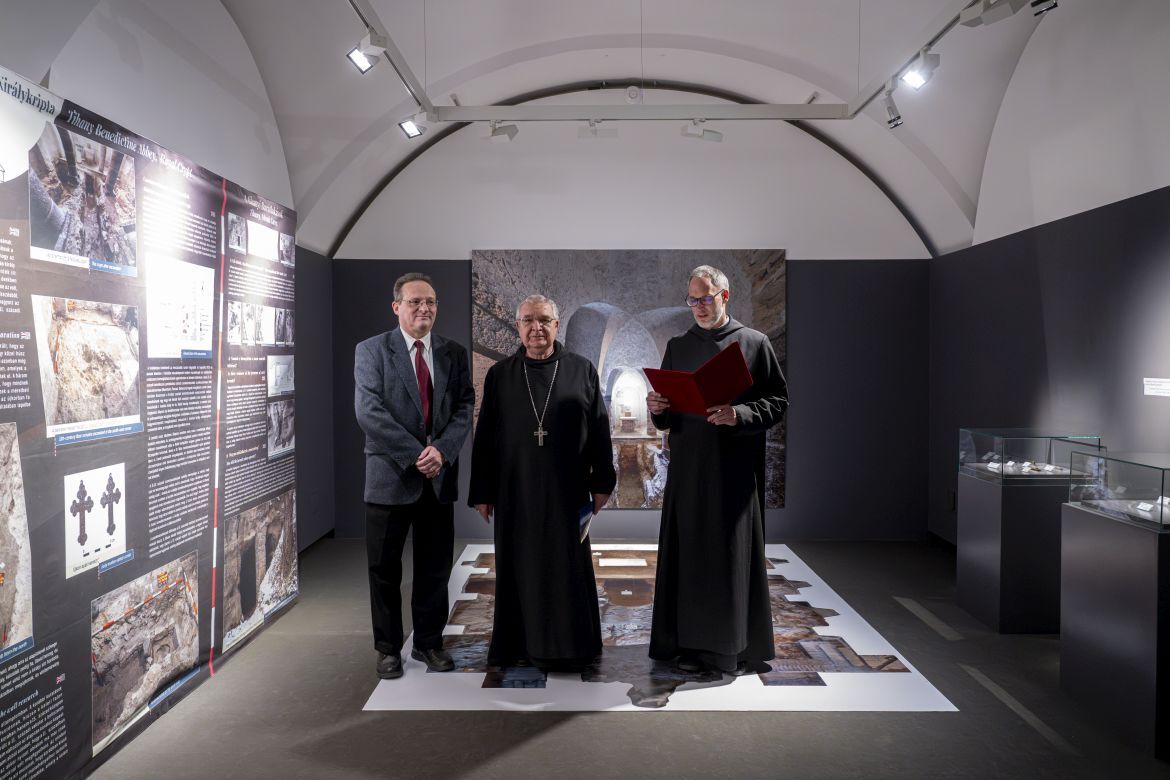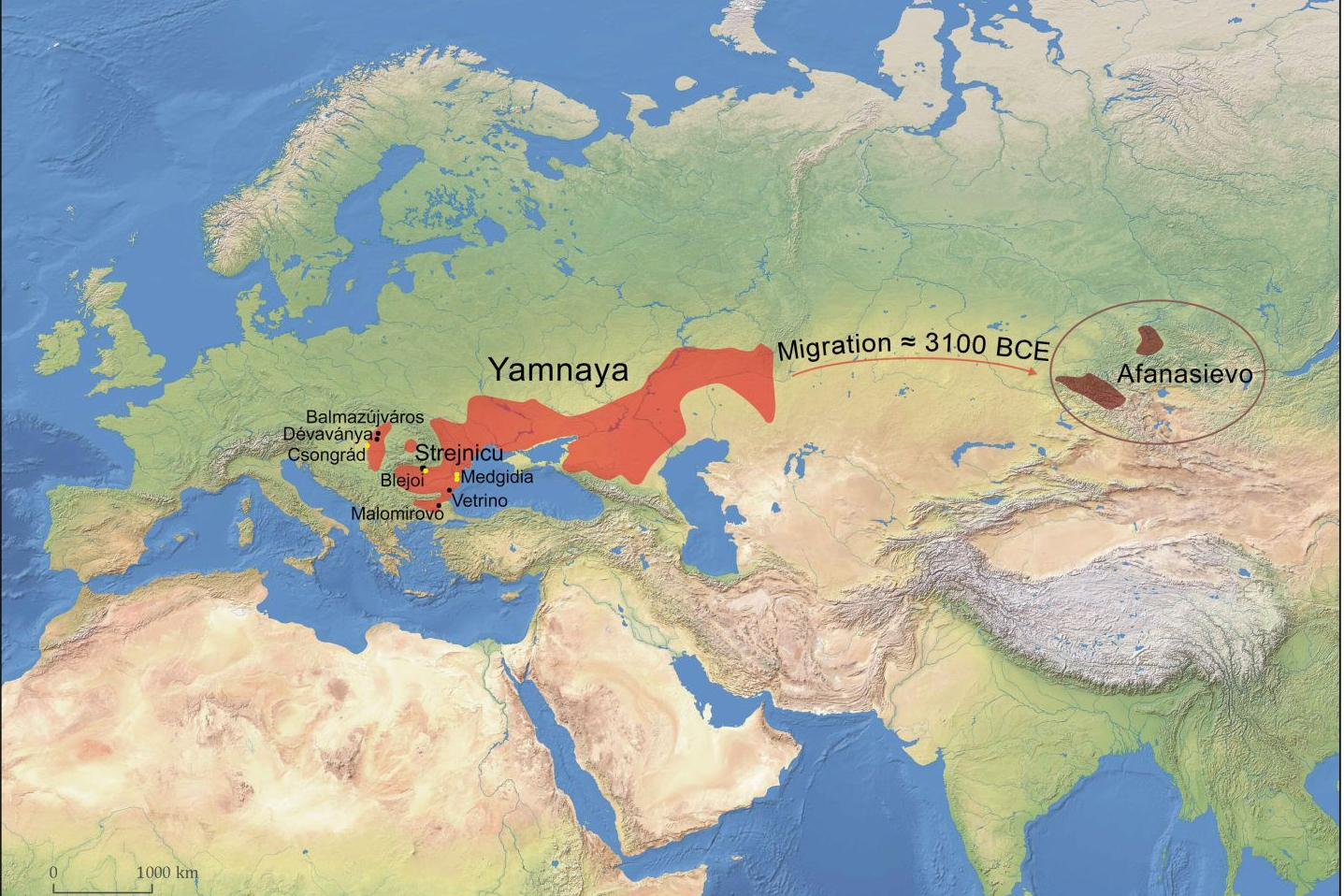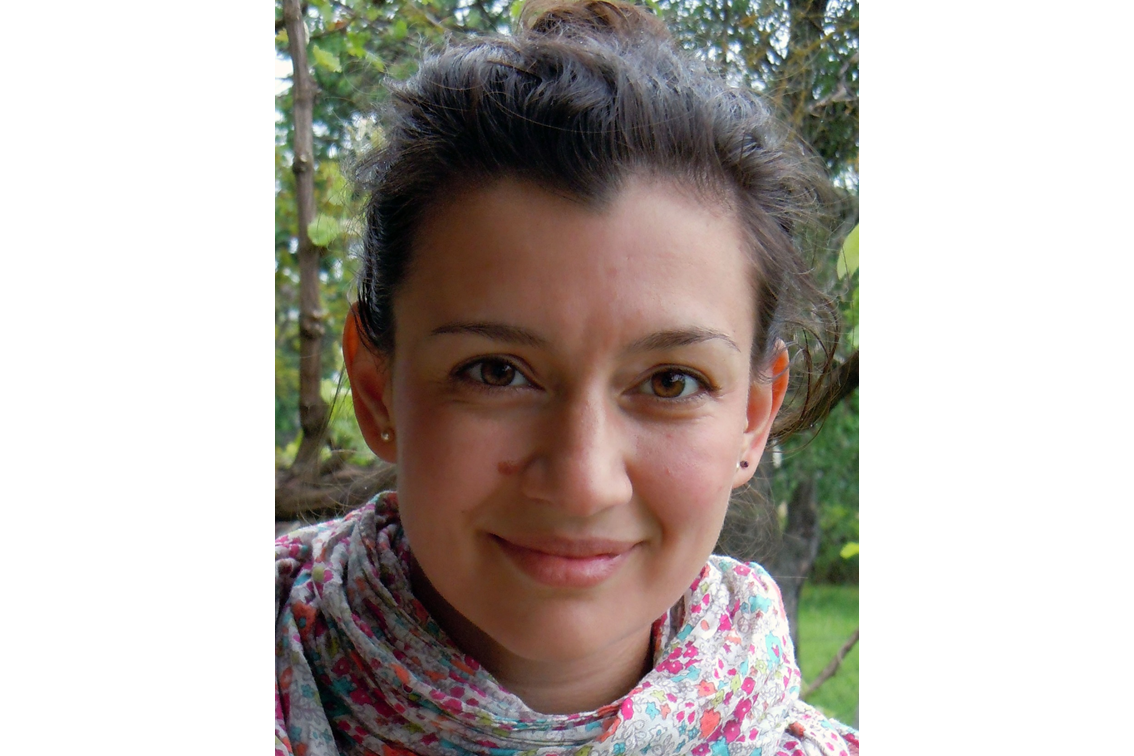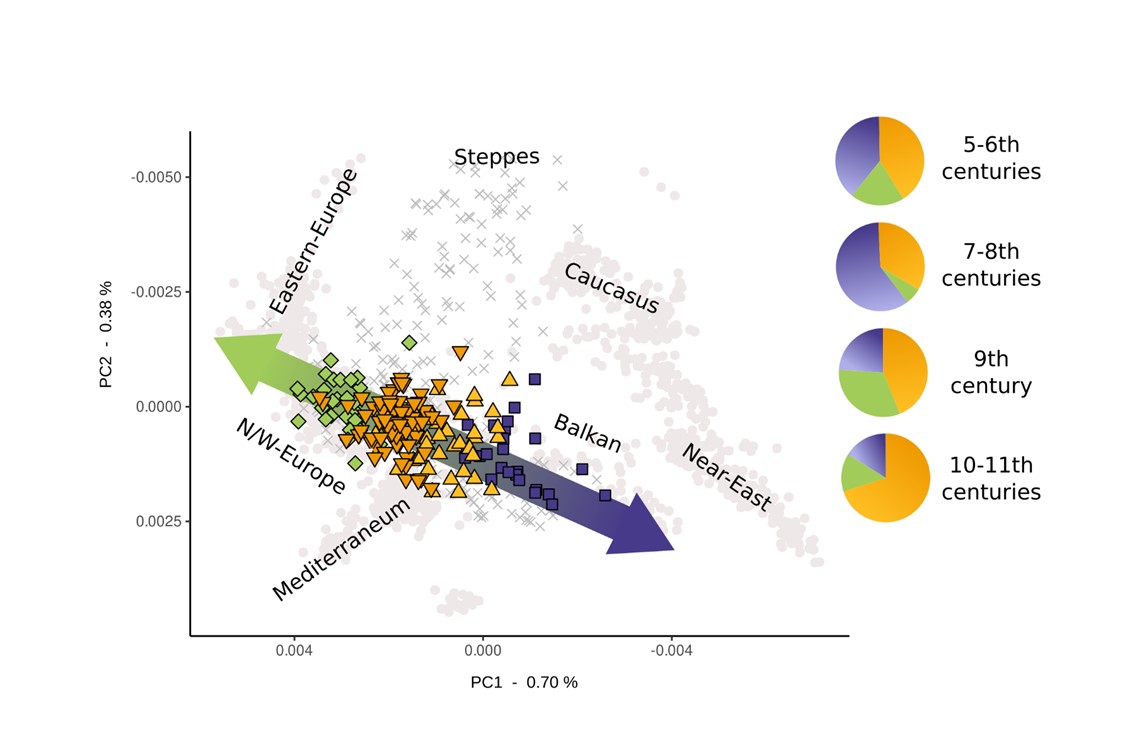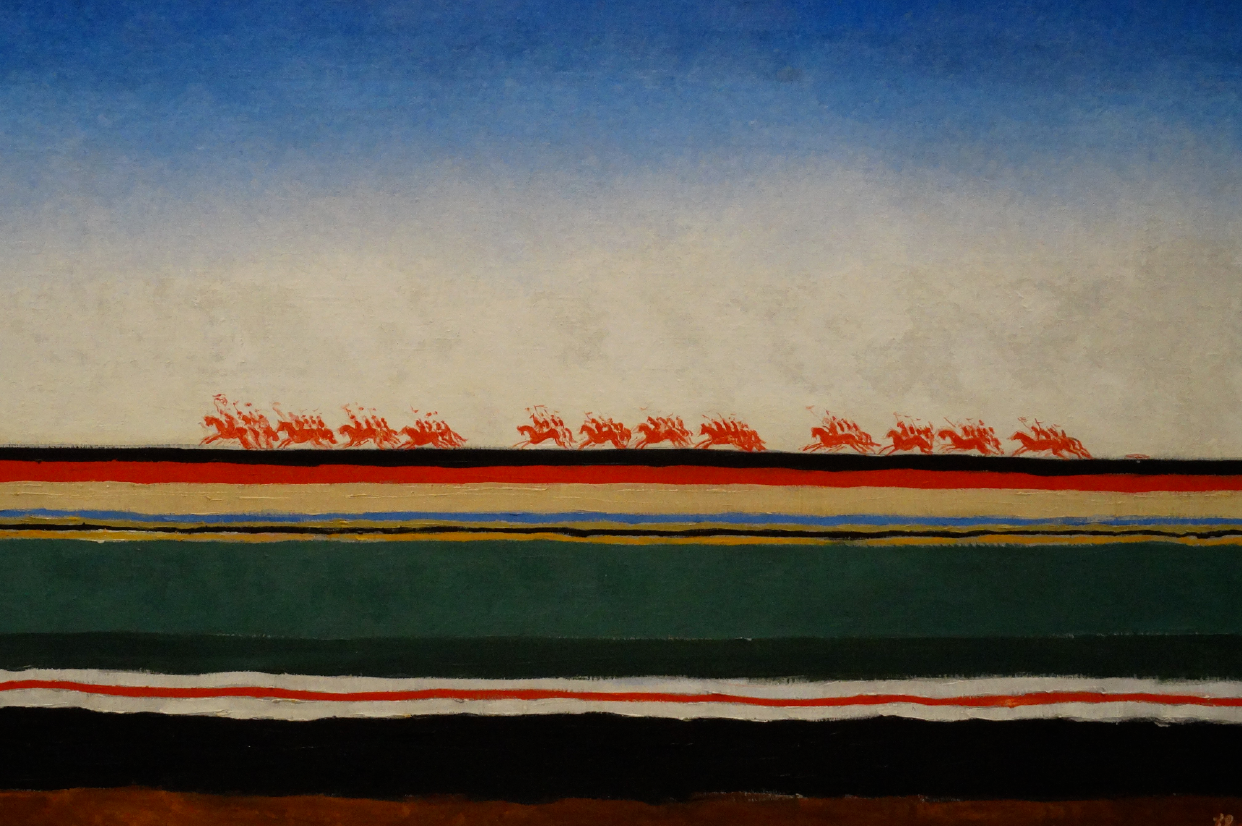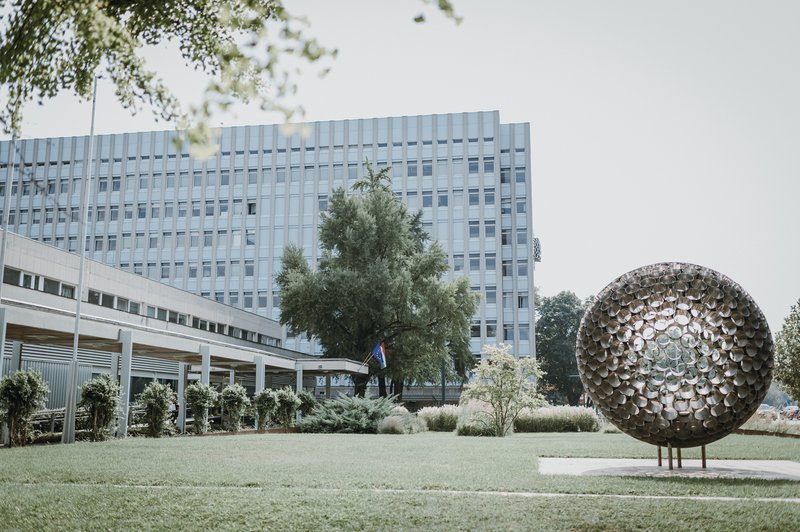
The "Communities of Dark Times" conference was organized by the Déri Museum in Debrecen on February 27–28, 2025. The presentations, covering a variety of research topics related to the Late Roman period and the Migration period, also provided insight into the work of several colleagues from the Institute of Archaeogenomics.

Between August 28-31, 2024, the 31st conference of the European Association of Archaeologists was held in Rome, where thousands of participants presented their research in over 300 sessions. In addition to archaeologists, professionals working in all areas of bioarchaeology presented their work, including several colleagues from the Institute of Archaeogenomics.
More Articles …
Page 3 of 7



